Search Engine Optimization (SEO) is one of the most crucial elements of digital marketing, helping businesses grow their online visibility and attract the right audience. Whether you run a small blog, an e-commerce store, or a corporate website, understanding the different types of SEO can make the difference between being buried on page ten of Google or ranking at the very top.
In this guide, we’ll explore the major types of SEO, how they work, and why each plays a vital role in building a strong online presence. By the end, you’ll have a deep understanding of SEO strategies you can implement to improve traffic, user experience, and conversions.
Table of Contents
Introduction to Types of SEO
SEO is not just about adding keywords to your content; it’s a complex process that involves multiple strategies. The different types of SEO are designed to target various aspects of your website and its relationship with search engines.
Some strategies focus on what happens on your website, others on how your site is perceived externally, and some on ensuring technical aspects run smoothly. All of these approaches establish a strong basis for different types of SEO.
Smart Content Ideas Around Types of SEO
If you’re starting an SEO blog, begin with “What Are the Different Types of SEO in Digital Marketing?” to expand on on-page, off-page, technical, and local SEO. You could also write “How Many Types of SEO Are There in 2025?” “for a revised guide that covers AI SEO, semantic SEO, and voice search SEO.
Industry-focused posts work great too. For example, “Types of SEO for Ecommerce Websites” could explain optimizing product pages, while “Types of SEO in Healthcare Marketing” helps medical sites rank locally. Similarly, “Types of SEO for Real Estate Websites” can target agents who need local and content SEO.
Platform-based SEO posts are also popular. Write “Mobile SEO vs Desktop SEO” to highlight mobile-first indexing, or “YouTube SEO vs Google SEO” comparing video optimization with web ranking. Another trending idea is “Voice Search SEO: The Future of Search Optimization.”
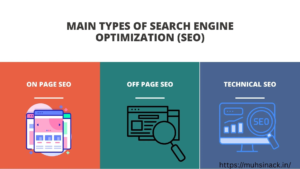
On-Page SEO
On-page SEO refers to enhancing aspects within your website, whereas off-page SEO is aimed at boosting your site’s reputation and authority beyond its own pages. It ensures your content, design, and structure are optimized for both users and search engines.
This includes:
- Using keywords naturally throughout your content.
- Optimizing meta titles and descriptions.
- Organizing your headings using H1, H2, and H3 tags.
- Adding internal and external links.
- Writing high-quality, engaging content that provides real value.
Strong on-page SEO ensures that when search engines crawl your website, they can easily understand your topic and rank you higher for relevant searches.
Off-Page SEO
On-page SEO pertains to enhancing aspects within your own website, whereas off-page SEO aims to boost your reputation and authority beyond your site. This type of SEO helps search engines trust your website as a credible source.
Key off-page strategies include:
- Link building: Acquiring backlinks from reputable websites.
- Guest posting: Publishing content on other sites to increase exposure.
- Social media engagement: Driving traffic from social platforms.
- Influencer outreach: Collaborating with thought leaders to build credibility.
The better your off-page SEO, the more authority your website will have, which directly influences your ranking power.
E-commerce SEO
If you run an online store, e-commerce SEO is one of the most effective types of SEO. It enables your products to show up in search results when prospective buyers search for what you offer.
This involves:
- Optimizing product titles and descriptions.
- Using high-quality product images with alt text.
- Creating category and product pages optimized for keywords.
- Improving site speed for better shopping experiences.
- Using user-generated content like reviews for trust-building.
E-commerce SEO not only drives traffic but also boosts sales by attracting users who are ready to buy.
Emerging SEO Types
With technology evolving, new types of SEO have gained importance. Voice search SEO targets users speaking into smart devices, video SEO focuses on platforms like YouTube, and mobile SEO ensures sites are optimized for smartphones. These are becoming increasingly essential in 2025 and beyond.
Voice Search SEO
As smart speakers and voice assistants gain popularity, optimizing for voice search SEO has emerged as a crucial aspect of search engine optimization. People search differently when speaking compared to typing, usually in the form of questions.
- Optimizing for voice search includes:
- Using conversational keywords.
- Answering common questions directly.
- Focusing on long-tail keywords.
- Optimizing for local search (many voice searches are local).
Voice search SEO helps capture traffic from users who rely on hands-free searches.
White Hat SEO
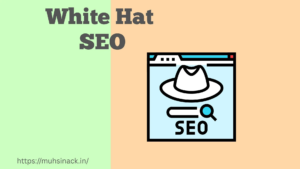
White hat SEO refers to ethical and sustainable SEO practices. Among the different types of SEO, this one focuses on following Google’s guidelines to achieve long-term success.
Examples include:
- Creating quality content.
- Building natural backlinks.
- Optimizing user experience.
- Using proper keyword placement.
White hat SEO takes longer to show results but ensures your website isn’t penalized.
Black Hat SEO

Black hat SEO contrasts with white hat SEO. This type of SEO uses manipulative tactics to achieve quick results but often leads to penalties.
Examples of black hat practices:
- Keyword stuffing.
- Buying backlinks.
- Cloaking is the practice of presenting different information to visitors compared to what is provided to search engines.
- Hidden text.
Although black hat SEO may provide quick results, it carries significant risks and is not advisable for sustainable growth.
Grey Hat SEO
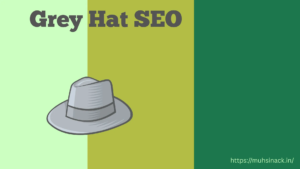
As the name suggests, grey hat SEO falls between white and black hat practices. This type of SEO uses techniques that are not clearly against search engine rules but may still be risky.
Some examples:
- Building links through private blog networks (PBNs).
- Clickbait headlines that mislead slightly.
- Excessive link exchanges.
Grey hat SEO can sometimes boost rankings but should be approached with caution.
Enterprise SEO
Large corporations with massive websites require enterprise SEO. This kind of SEO focuses on extensive strategies aimed at overseeing numerous pages.
It includes:
- Automating SEO tasks.
- web pages.
- Managing advanced analytics.
- Handling international SEO if the business operates globally.
Enterprise SEO requires more resources but delivers huge results for big companies.
Negative SEO
Negative SEO is one of the darker types of SEO, used to harm competitors rather than help your own site. Though unethical, it’s important to be aware of it.
Tactics include:
- Creating spammy backlinks to a competitor’s site.
- Hacking websites.
- Copying and duplicating content to cause duplicate penalties.
Businesses should monitor their backlinks and protect their websites against negative SEO.
International SEO
For businesses operating across multiple countries, international SEO is essential. This type of SEO ensures that content reaches the right audience in their own language and location.
Key strategies:
- Using hreflang tags to communicate to Google the correct language to present.
- Creating country-specific content.
- Hosting on local servers or using country-specific domains.
- Optimizing for regional search engines.
International SEO makes a brand truly global.
Image SEO
Images play a big role in user engagement and search rankings. Image SEO is the process of optimizing visuals so they appear in Google Images and improve overall site performance.
Best practices:
- Use descriptive file names.
- Add keyword-rich alt text.
- Compress images for fast loading.
- Use proper image formats like WebP.
This form of SEO enhances rankings while also increasing accessibility.
Video SEO
With video content dominating online platforms, video SEO ensures your videos rank well in search engines and YouTube.
Strategies include:
- Adding transcripts and captions.
- Optimizing video titles, tags, and descriptions.
- Creating custom thumbnails.
- Embedding videos in blogs for extra ranking signals.
Video SEO helps you tap into one of the most engaging content formats online.
App Store SEO (ASO)
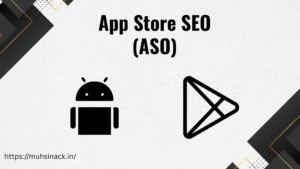
Apps also need optimization to get noticed. App Store SEO (ASO) is one of the unique types of SEO that focuses on ranking apps higher in Google Play and Apple App Store.
Techniques include:
- Using keywords in app titles and descriptions.
- Encouraging positive reviews.
- Choosing the right categories.
- Updating apps regularly for performance.
Optimizing your app store presence is essential for developers aiming to improve their visibility and increase downloads.
Programmatic SEO
For websites with thousands of pages, programmatic SEO allows you to create content at scale using automation.
Examples include:
- Automatically generating landing pages.
- Using templates for product descriptions.
- Data-driven SEO for large-scale businesses.
This type of SEO is particularly useful for e-commerce and travel sites.
Semantic SEO
Search engines are smarter now and focus on context, not just keywords. Semantic SEO optimizes content for meaning and intent.
Best practices:
- Use related keywords (LSI keywords).
- Answer questions comprehensively.
- Use structured data for context.
- Write naturally instead of keyword stuffing.
Semantic SEO ensures content ranks even when users phrase queries differently.
News SEO
For news publishers and media organizations, optimizing for news SEO is essential to be featured in Google News. Strategies include:
- Writing timely, relevant content.
- Using proper headlines and meta tags.
- Submitting sites to Google News Publisher Center.
- Ensuring fast-loading and mobile-friendly articles.
This type of SEO ensures your stories reach readers faster.
AI SEO
Artificial Intelligence has transformed SEO. AI SEO involves using AI tools to optimize content, analyze data, and predict trends.
It includes:
- AI-driven keyword research.
- Content generation with AI insights.
- Personalized search optimization.
- Voice and predictive search strategies.
AI SEO is the future, helping marketers stay ahead in competitive industries
Conclusion
SEO is not a one-size-fits-all approach. Different types of SEO serve different purposes, and combining them strategically is the key to long-term success. From on-page and off-page SEO to technical and local SEO, each plays an essential role in building a strong online presence.
By understanding these types of SEO and applying them correctly, you can attract more visitors, improve user experience, and climb higher in search rankings. Whether you’re a small business, an e-commerce brand, or a global enterprise, mastering these SEO techniques will put you ahead of the competition.
Author : Muhsina ck
For more blogs ; click here


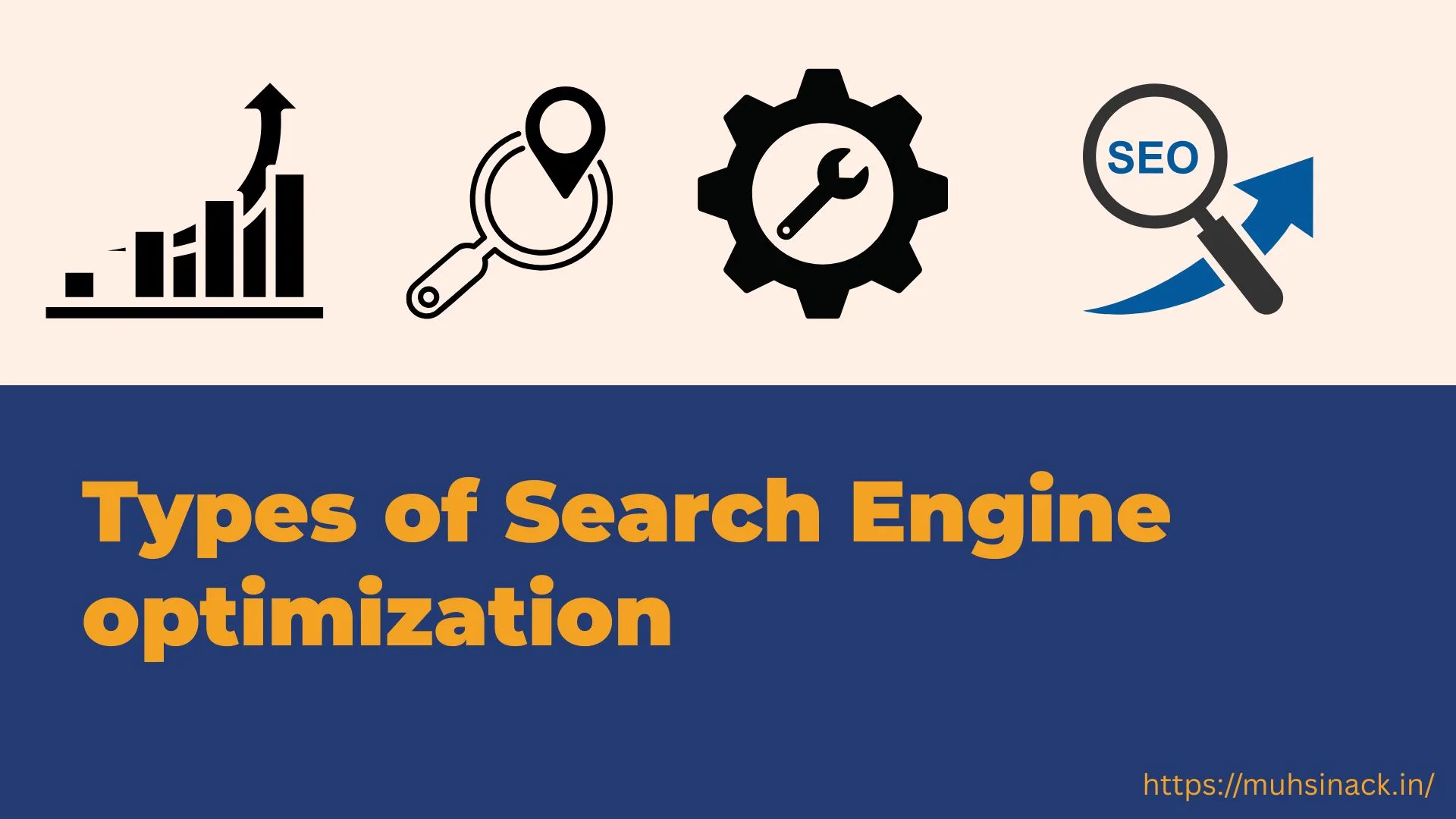



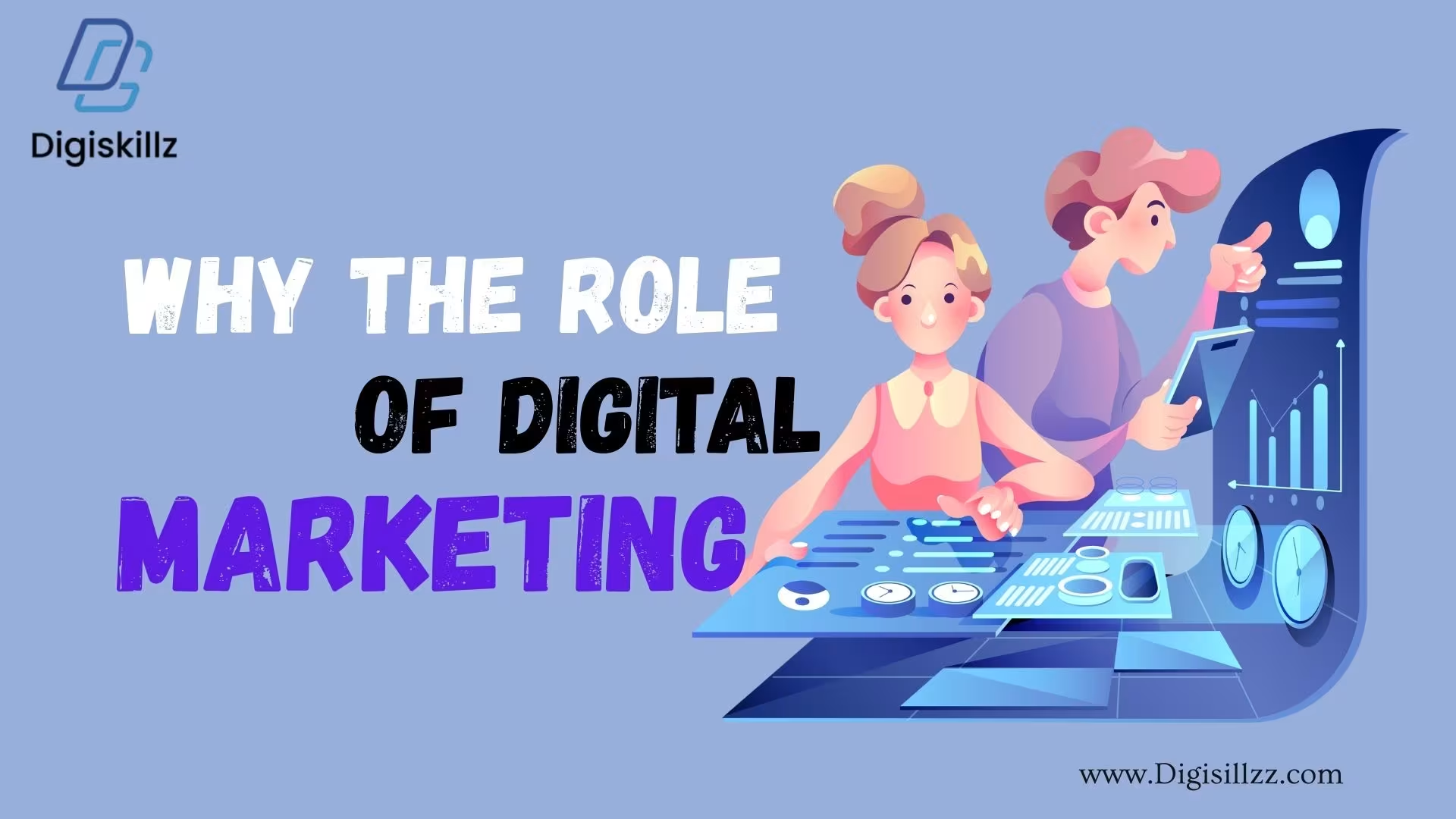

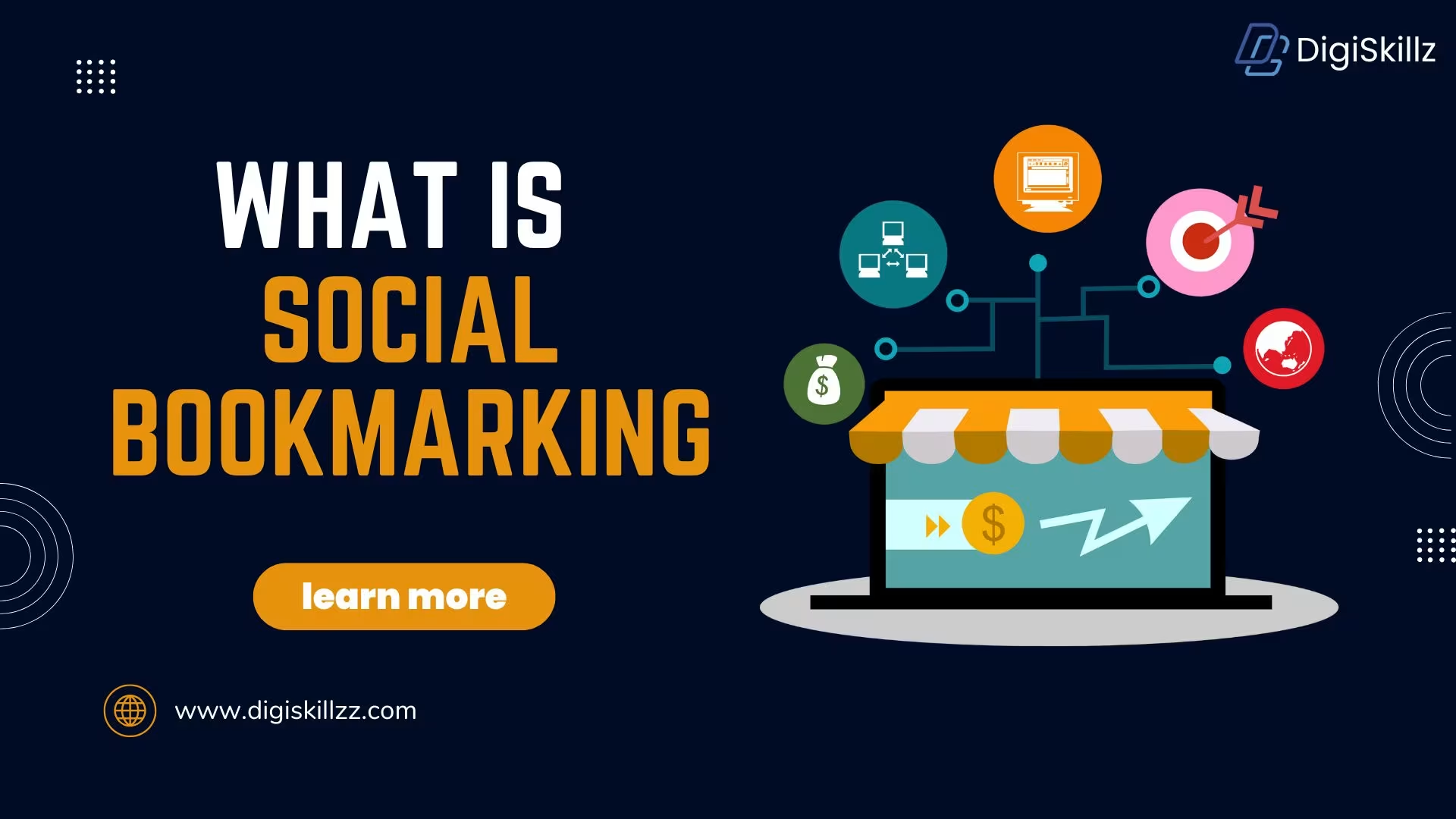
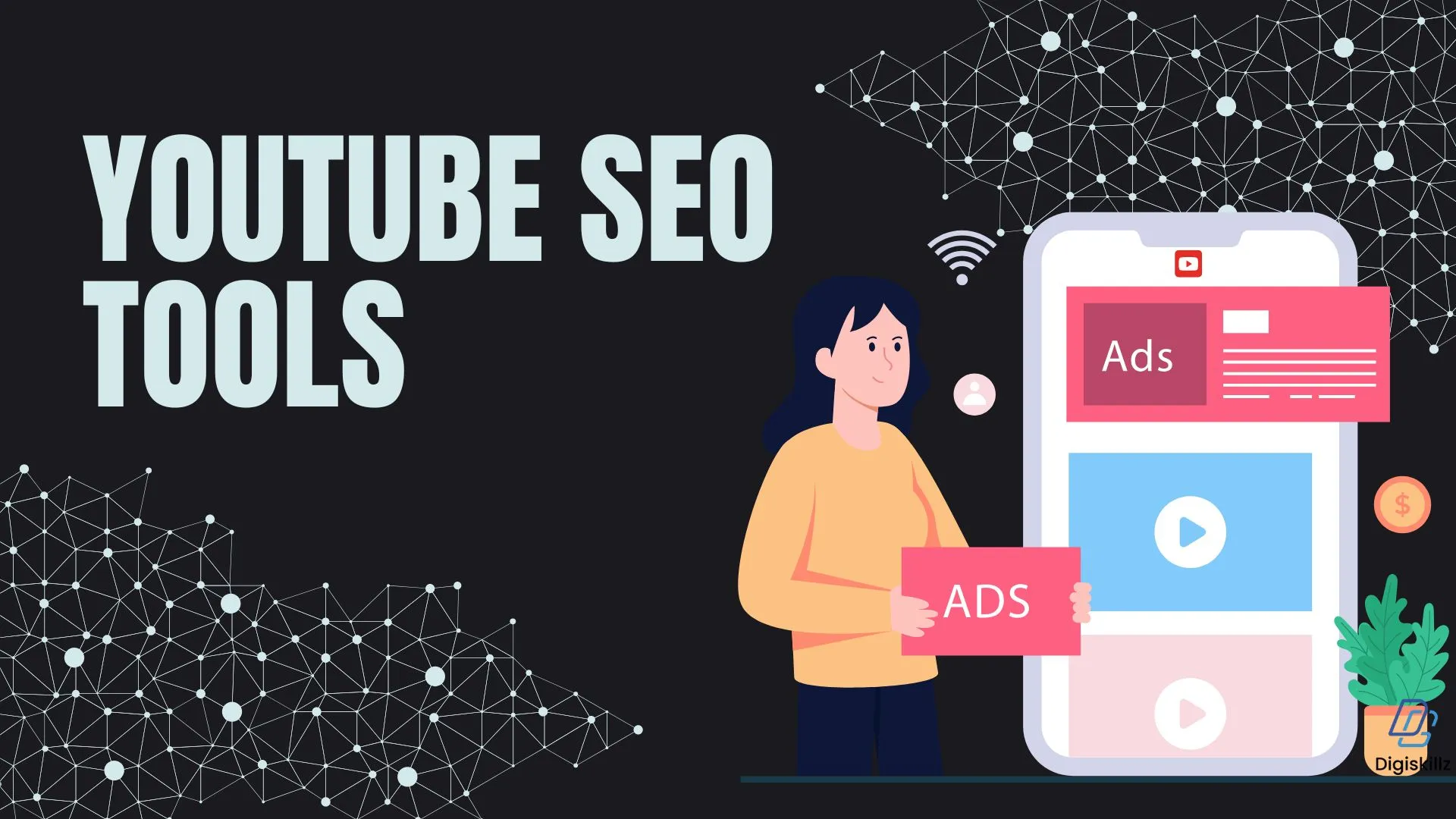

Leave A Comment